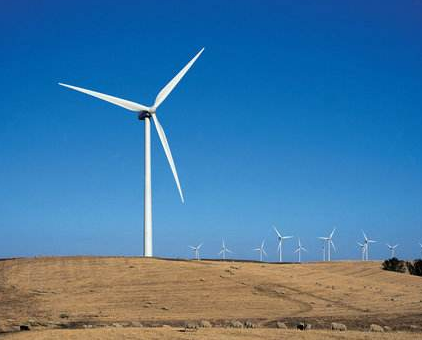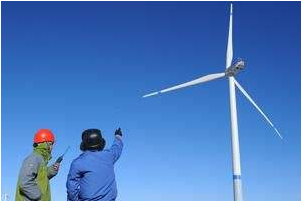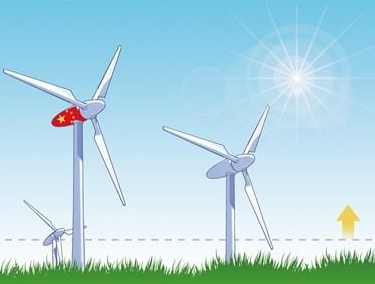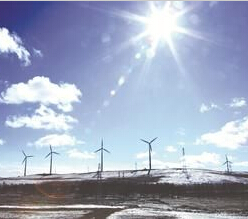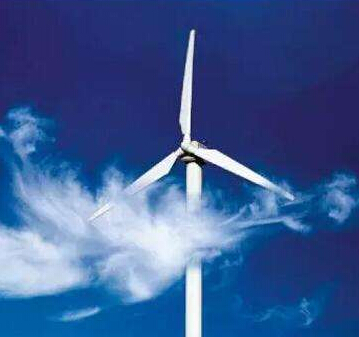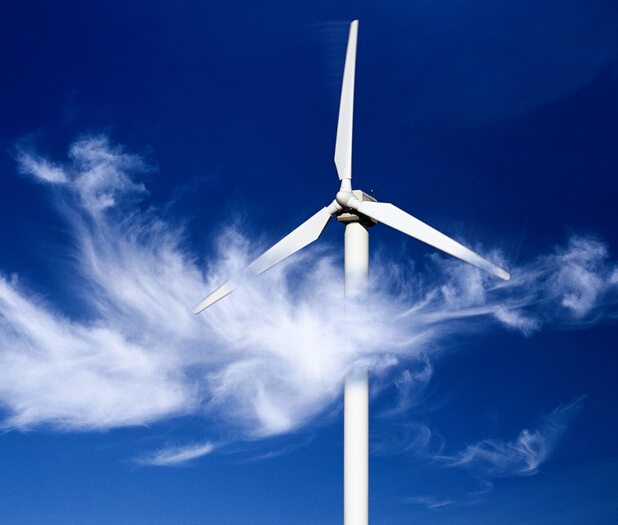At present, distributed wind power accounts for less than 1% of the total installed wind power in China. While the development level lags behind, it also indicates its huge development potential. With the advancement of technology to promote the increasing cost competitiveness of wind power, the decentralized wind power industry will undoubtedly usher in Xiaoyangchun.

New installed capacity continues to rise, decentralized into a key hub for wind power growth
The wind power industry that has passed the year has once again ushered in a new metamorphosis: under the dual background of the “three north” region's dilemma and the accumulation of low-speed and low-speed wind power in the south, the emerging growth represented by decentralization has long been Think of it as "the next field." Inspired by a series of adjustment policies, it is expected that another peak period of decentralized wind power construction will be ushered in 2018.
In 2018, it was called the first year of distributed wind power. With the increasing diameter of wind turbines, the intelligent control methods, and the continuous development of technologies such as ultra-high tower applications, wind power projects in low-speed and mountainous areas in the central and eastern regions of the country have begun to appear everywhere, and decentralized wind power development has also been This is conditional. At the same time, China's wind power costs are gradually declining. The Energy Bureau requires that the wind power industry gradually withdraw from the subsidy mechanism in different types, sub-areas, and sub-regions, and basically realize subsidized development in 2020-2022.
With the development of centralized resources and the problem of “abandoning wind power”, decentralized wind power has received attention in the industry. Under the background of wind power competitively deploying resources and accelerating to the “parity era”, the advantages of decentralized wind power are obvious compared to the traditional wind power model. Decentralized wind power generally refers to a distributed generation system that uses wind turbines as a distributed power source to convert wind energy into electrical energy. Compared with centralized wind power, distributed wind power single projects are small in scale and scattered in layout, and management needs to be more intelligent. In the case of relaxed access voltage level conditions, distributed wind power can achieve greater consumption range and greater installed growth space.
Decentralized wind power is affected by the distribution system, and the development is not restricted by wind and electricity. It is also a major advantage for its current implementation. It is closely integrated with the demand side and is a development model that truly meets the endowment of wind energy resources. At the same time, decentralized wind power projects may not participate in competitive allocation and gradually incorporate into the market scope of distributed power generation, which will further stimulate the enthusiasm of decentralized wind power development. For the central and eastern regions, the characteristics and advantages of decentralized wind power projects can be closely integrated with the rural revitalization strategy as an important part of the beautiful rural construction.
Statistics show that since 2017, 15 provinces in China have issued notices on the construction of decentralized wind power planning, with a total planned capacity of over 9GW. According to statistics, from 2018 to 2020, only the scattered construction of Henan, Hebei, and Shanxi provinces has exceeded 7GW. With reference to the development law of installed scales such as distributed photovoltaics and distributed natural gas, the agency expects that by 2020, the installed capacity of distributed wind power will exceed 18.87GW, and the annual growth rate of new installed distributed wind power will be more than 100%. According to industry experts, the new installed capacity of China's distributed wind power will be between 1-2 GW in 2018.
For the future development of wind power, the industry generally believes that decentralized wind power is becoming a new growth point for the industry in the future. When the wind turbine enters a distributed application scenario such as a city, the fan product standard in the traditional sense will change. Due to the particularity of the application environment, the safety of the wind turbine is the most important consideration. From the perspective of operation and maintenance, the quality of wind power equipment in China can be guaranteed under the mode of remote monitoring and decentralized maintenance.
However, the decentralized development of wind power generally lags behind distributed photovoltaics. Decentralized wind power itself has no economies of scale. How to choose a site to achieve return on investment, innovation in business models, and corresponding management technologies need to be changed. Secondly, the decentralized wind power project is still following the approval requirements and processes of centralized development, resulting in inefficiency and increased upfront costs. Coupled with the high development cost of decentralized wind power, lean project design and construction processes are required. How to guide the guidance at the national level into detailed measures to promote industrial development remains to be done in a specific policy.
















 RCCN WeChat QrCode
RCCN WeChat QrCode Mobile WebSite
Mobile WebSite